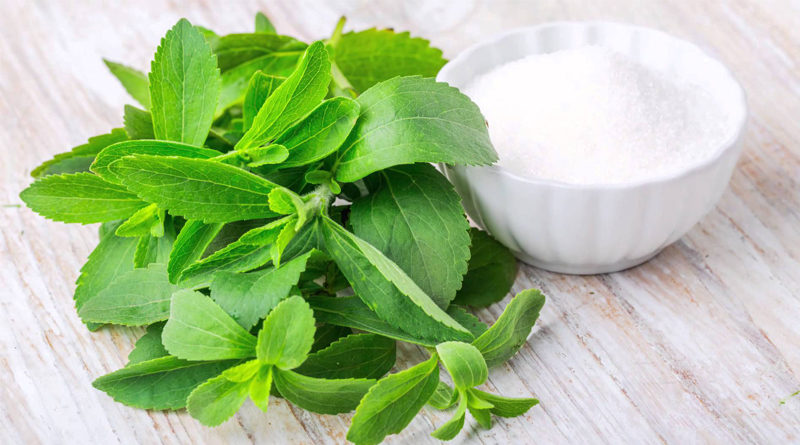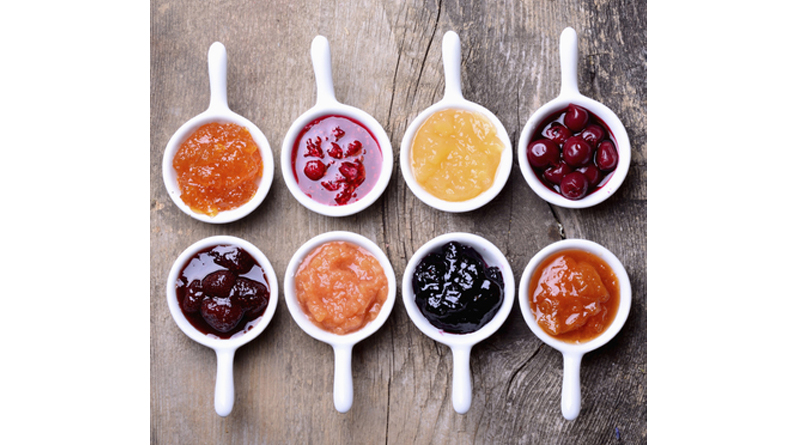New data from market researcher Mintel show that stevia (Stevia rebaudiana) use in food and beverage products continues to grow. According to the report, which was commissioned by stevia supplier PureCircle (Chicago), global launches of food and beverage products containing stevia have grown steadily since 2012, with an 11% increase in beverage launches from 2016 to 2017 and a 10% increase in food product launches from 2016 to 2017.
The top categories for products launched in 2017 containing stevia were snacks, juices, dairy products, carbonated soft drinks, and confectionery. According to the report, food and beverage products with stevia for children (ages 5-12) were also on the rise, up 16% over 2016.
Major companies are continuing to embrace stevia, as well. The Coca-Cola Company, Danone, Kraft Heinz, Nestle, PepsiCo, and Unilever, among others, all launched products featuring stevia leaf sweetener in 2017.
In addition, food and beverage product launches featuring stevia are occurring worldwide, “with all global regions participating.” In 2017, the Asia Pacific region represented 40% of product launches containing stevia, followed by Europe at 22%, Latin America, North America, and the Middle East/Africa.
Stevia is also increasing its share of the high-intensity sweetener (or “diet sweetener”) market. Per the report, in 2012, stevia was featured in just 16% of food and beverage products launched with high-intensity or diet sweeteners. As of 2017, it was used in 28% of food and beverage products using high-intensity sweeteners. Use of aspartame in food and beverages, meanwhile, is decreasing, the report said. In 2012, aspartame was used in 36% of food and beverage product launches with high-intensity sweeteners, and in 2017, it was used in only 25% of food and beverage launches with high-intensity sweeteners. As consumers continue to embrace plant-based ingredients, use of stevia in food and beverage products is likely to continue to grow.
Source: Nutritional Outlook








